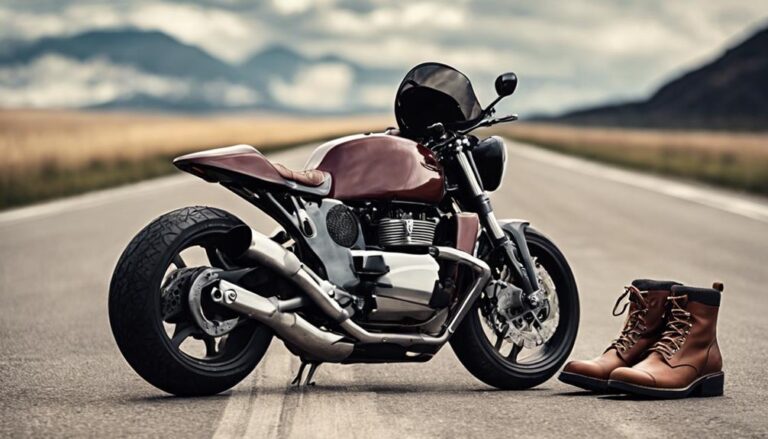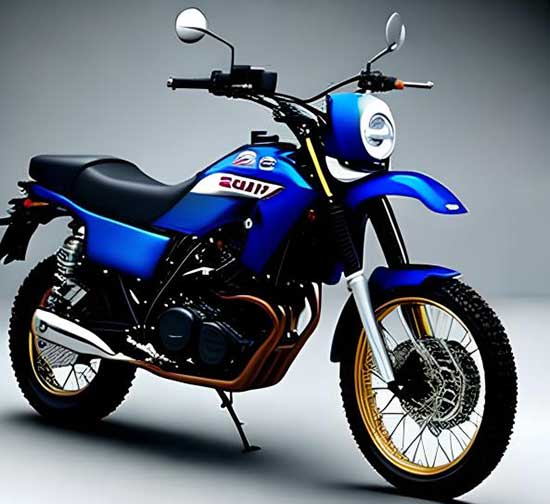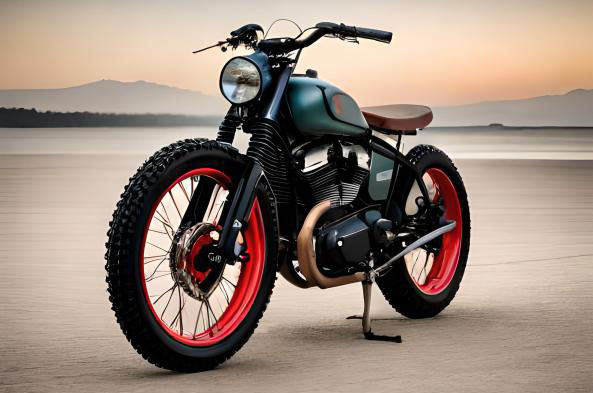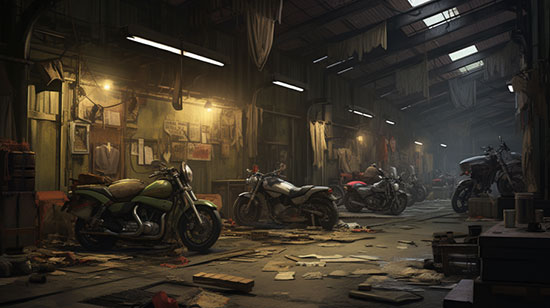You’ve probably seen riders wearing those big, bulky motorcycle helmets and wondered why are those helmets so big.
Contents
The Importance of Motorcycle Helmets
Safety
Motorcycle helmets are designed to protect your head in case of an accident. They absorb the impact of a collision and prevent your skull from being fractured. The size of the helmet plays a significant role in providing this protection.
Legal Requirements
In many countries, wearing a motorcycle helmet is a legal requirement. This is to ensure the safety of both the rider and others on the road. Complying with these laws can save you from fines and legal penalties.
Factors That Contribute to Helmet Size
Padding and Liners
One of the main factors that make motorcycle helmets look big is the padding and liners inside. These materials provide a comfortable fit and help absorb the impact during a crash.
The thicker the padding, the better the protection, but it also increases the size of the helmet.
Shell Material
Helmet shells are typically made from materials like polycarbonate, fiberglass, or carbon fiber. The thickness of the shell contributes to the overall size of the helmet.
Thicker shells offer better protection but can make the helmet appear larger.
Aerodynamics
Helmets are designed with aerodynamics in mind to reduce wind resistance and noise. This can lead to a larger and more streamlined shape, which may make the helmet look bigger than it needs to be.
Ventilation System
A good ventilation system helps keep you cool during hot rides. However, incorporating vents and channels into the helmet’s design can increase its size.
Visor Mechanism
The visor mechanism, which allows the rider to open and close the visor, can also add to the helmet’s size. This is particularly true for modular and full-face helmets, which have more complex visor systems.
Certification Standards
Motorcycle helmets must meet certain safety standards, like DOT, ECE, or Snell. These certifications require specific levels of protection, which can result in larger helmet sizes to meet the criteria.
Different Helmet Types and Their Sizes
Full-face Helmets
Full-face helmets provide the most protection, covering the entire head, face, and chin. Due to the added safety features, they tend to be the largest and heaviest helmet type.
Modular Helmets
Modular helmets, also known as flip-up helmets, combine the features of full-face and open-face helmets.
They have a hinged chin bar that can be flipped up, allowing the rider to have some fresh air or communicate more easily. Because of the additional mechanism, they are often larger than open-face helmets.
Open-face Helmets
Open-face helmets, also known as 3/4 helmets, cover the head and ears but leave the face exposed.
They are smaller than full-face and modular helmets but provide less protection. The lack of a chin bar and face shield can make them appear less bulky.
Half Helmets
Half helmets, sometimes called “brain buckets,” provide the least amount of protection, covering only the top half of the head. They are the smallest and lightest helmet type, but they sacrifice safety features for a more compact design.
Choosing the Right Helmet Size
Measuring Your Head
To choose the right helmet size, start by measuring your head. Use a flexible measuring tape and wrap it around the widest part of your head, about an inch above your eyebrows.
This will give you the circumference of your head, which you can use to find the right helmet size based on the manufacturer’s sizing chart.
Trying on Helmets
Once you have your measurements, try on several helmets from different brands and models. Each brand may have a slightly different fit, so it’s essential to find one that feels snug but not too tight.
Remember that the padding inside the helmet will compress slightly over time, so a new helmet should fit snugly.
Helmet Retention Test
After finding a helmet that fits well, perform the helmet retention test. Buckle the chin strap and try to pull the helmet off your head by grabbing it from the back and rolling it forward. If it comes off easily, the helmet is too large, and you need to try a smaller size.
Conclusion
Motorcycle helmets may look big, but their size is essential for providing adequate protection and meeting safety standards.
Different helmet types, materials, and design factors contribute to their size. When choosing a helmet, always prioritize safety and comfort, and make sure it fits correctly by following the measuring and testing steps mentioned above.






